Simplify Analog Selections by Exploring our Analog Families With Treelink Selection Tool
The Treelink selection tool is your interactive tour of our analog product families with over 50 block diagrams to explore use cases.
Analog and Interface Treelink Selection Tool
Treelink selection tool has been available for several years, but it has grown from a basic linked presentation to a powerful tool thanks to many changes that have been implemented from user input. When first debuted, it was a resource that simplified search and discussion for analog products, widely used by our employees and external clients alike. Now, it has become a comprehensive analog product tool showcasing applications and solutions.
Given that the tool is updated and refreshed quarterly, we want to reveal some new ways to use Treelink and uncover some features that both experienced and new users may find useful. Treelink’s expanded scope should appeal to a wider audience, giving both analog pros and electronics novices a tool to solve their problems and answer simple and complex questions.
Analog experts have never been a majority at large or even in electronics circles. Although we live in an analog world, digital technology seems to receive a larger share of the press and our mindshare, resulting in more of us having a better grasp of digital concepts. Digital signals may be less expensive, less distorted and faster to transmit, but they originate and terminate in our analog world. Thus, we need to navigate analog solutions and Treelink can help.
How to Use Treelink Selection Tool?
Let’s look at the various ways to use Treelink selection tool. Everything begins on slide 1, our main navigation page:
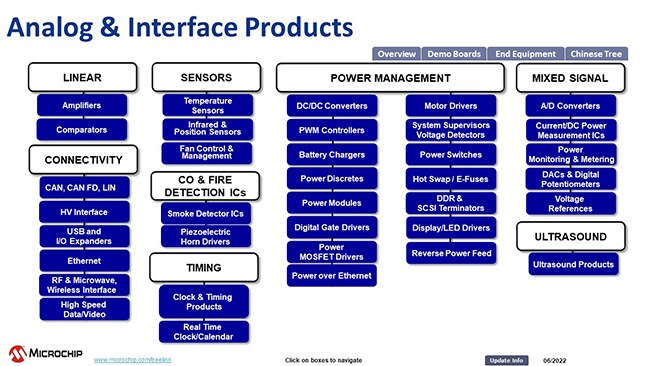
…or on slide 2, the Chinese Tree.

Each clickable blue box takes you to product pages in that product family—sometimes directly, but more frequently through a few additional layers of product trees for navigation. For example, following the infrared and position sensors link brings you directly to a page displaying product numbers.

If you follow amplifiers, you’ll see some products and additional product trees.
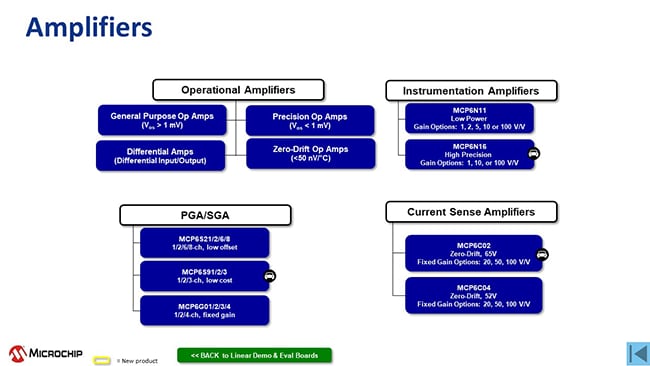
Looking at the horizontal tabs at the top of the main navigation page, in addition to a tab for the previously mentioned Chinese Tree, we see a number of choices to navigate to:
- Overview—several pages of information about the breadth of our analog portfolio

- Demo Boards—a navigation page for demo boards
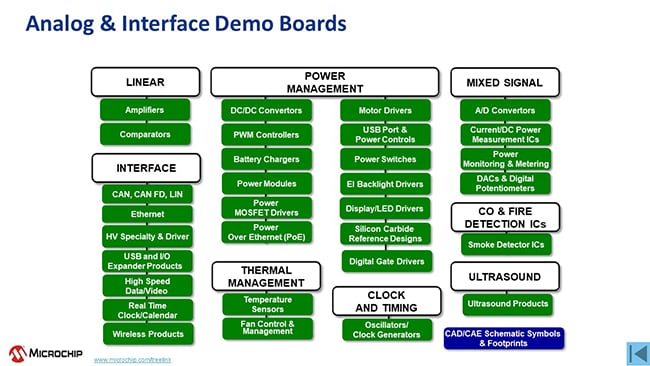
- End Equipment—a navigation page for block diagrams in many end equipment catagories

Let’s dig deeper into the demo boards. Selecting currect/DC power measurement ICs takes us to a list of available boards.
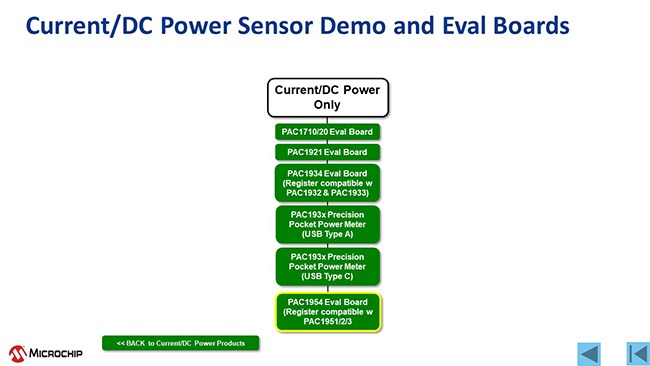
The yellow border on the bottom box indicates that this is a new demo board, so we’ll follow this link.
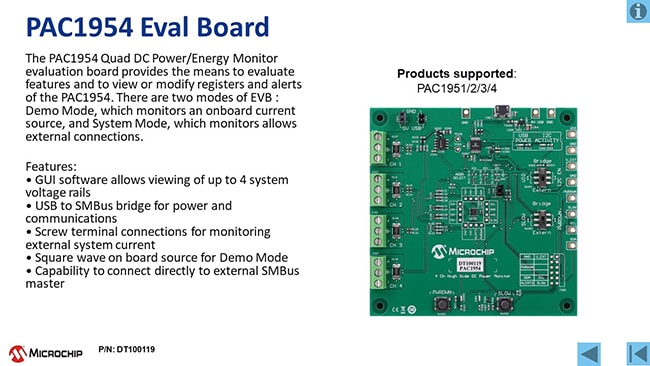
Besides features and product photos, there is a link in the upper right corner to the tool page on our website. There, you’ll find additional information and links to documentation and software.
The biggest improvement to Treelink and the one that provides more information to novices is the end equipment navigation. We’ll once again select newer information, ECG/EKG system.
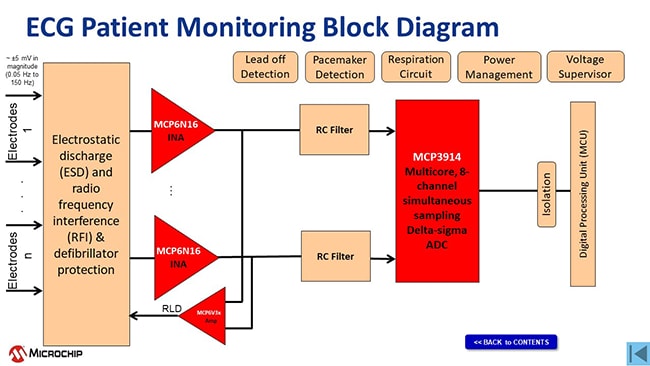
The resulting block diagram gives us a comprehensive look at the functions needed in this type of equipment. But I’m a novice, so what’s an INA?

One click gives us a better understanding of the function and available products. Clicking on Voltage Supervisor yields a similar result.
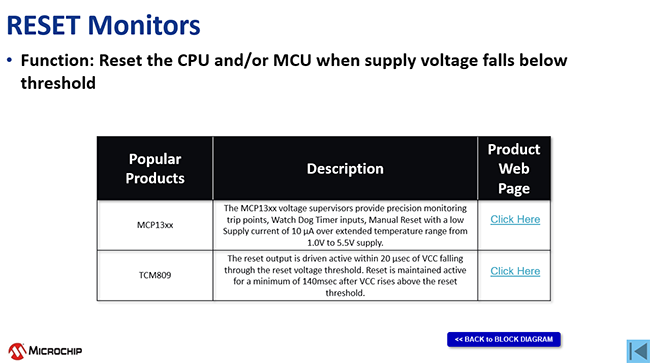
After seeing the variety analog devices available, you may be interested in how they fit together. Click on the button at the bottom of the end equipment page labeled "Signal Chain Block Diagram".

Use this block diagram to explore the various pieces of this circuit. The sensor on the left is gathering data from our analog world. That data is conditioned and converted to a digital signal in the Analog to Digital (A/D) converter. After processing, the digital result passes through a Digital-to-Analog Converter (DAC) to return to our analog world. While this depiction is simplified, it is the basis for all circuit signal chains.
We hope we have given you a new appreciation of the breadth and depth of information available in Treelink selection tool. Please visit Treelink selection tool to access the web version of the selector tool or download the PDF file. Remember that updates appear on the website quarterly: January 1, April 1, July 1 and October 1. If you are using the PDF version, please update your file accordingly.
